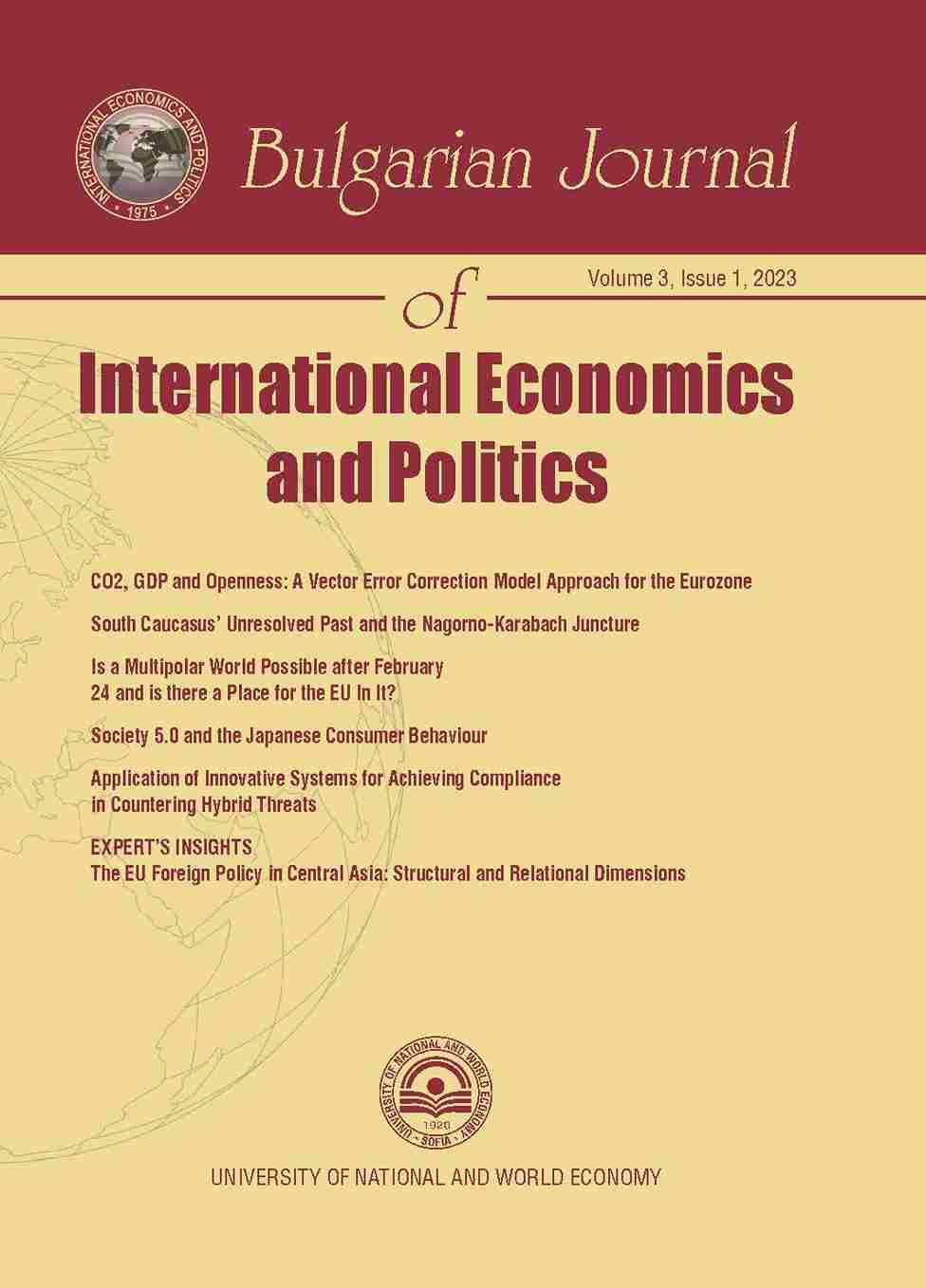Expert’s Insights. The EU Foreign Policy in Central Asia: Structural and Relational Dimensions
Expert’s Insights. The EU Foreign Policy in Central Asia: Structural and Relational Dimensions
Author(s): Kamen VelichkovSubject(s): Politics / Political Sciences, Politics, International relations/trade, EU-Accession / EU-DEvelopment
Published by: Университет за национално и световно стопанство (УНСС)
Keywords: EU; foreign policy; regionalism; Central Asia; structural and relational policies
Summary/Abstract: The EU foreign policy in Central Asia pursues both structural and relational objectives. In contrast to the 1990s, the EU no longer prioritizes the transition and modernization of countries from the region but focuses on their resilience. Compared to the policies of China, Russia, or the US, the EU exerts a more limited influence on its partner countries that varies across domains and issue areas. While the Union is losing the structural power competition in this region, it nevertheless maintains its ambition to be and act as a pole of the international system. The EU conducts its dialogue and cooperation with the Central Asian states mainly in a multilateral “region-to-region” format. At the same time the Union adopts differentiated approaches towards individual countries. Many observers assert that as an international actor, the EU is more trusted than other major powers in Central Asia. It aims to support the independent development of the sovereign Central Asian countries, contributing significantly to the emergence of some degree of regionalization in this part of the world. It is on this perceived benevolence that the EU can capitalize.
Journal: Bulgarian Journal of International Economics and Politics
- Issue Year: 3/2023
- Issue No: 1
- Page Range: 91-101
- Page Count: 11
- Language: English

